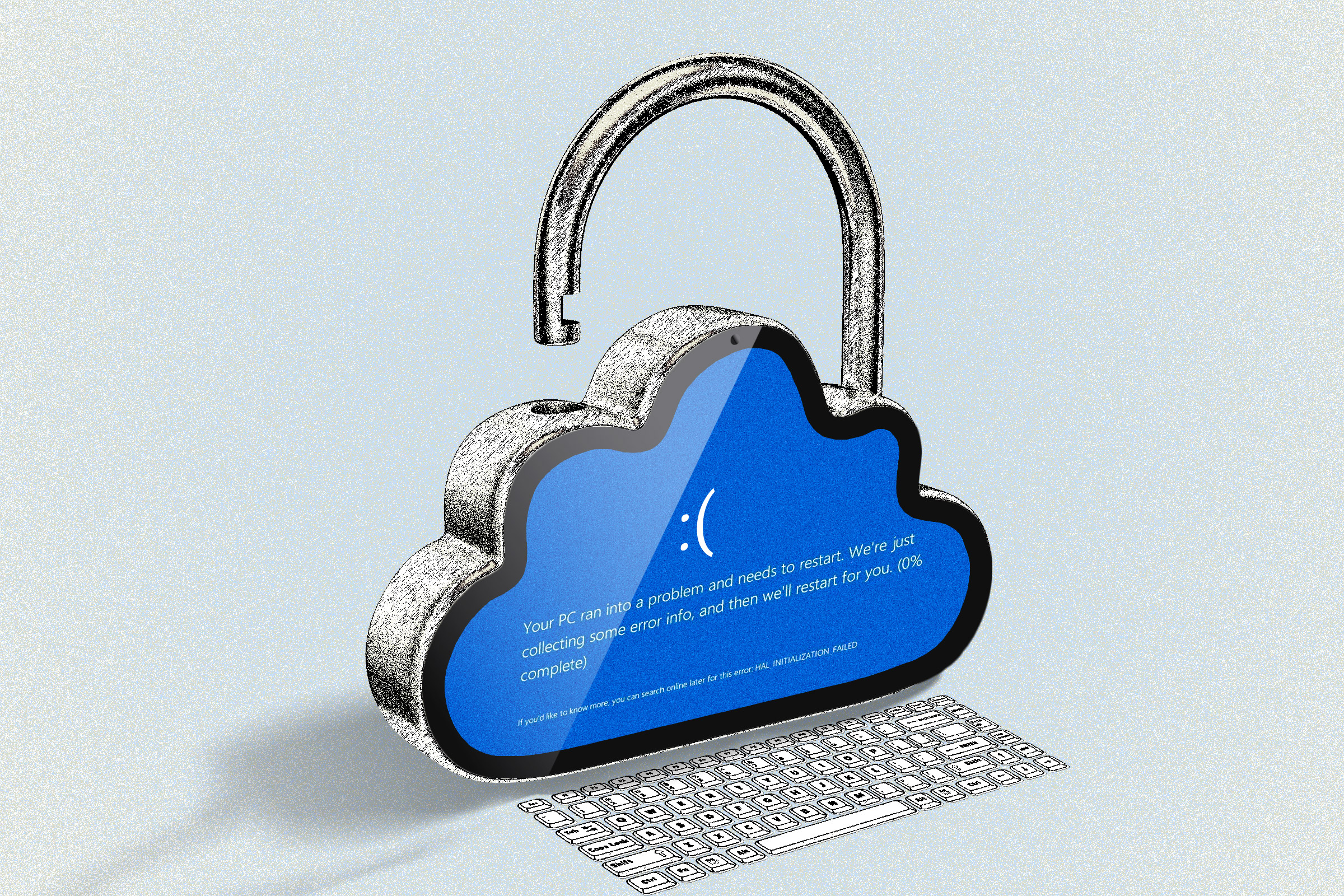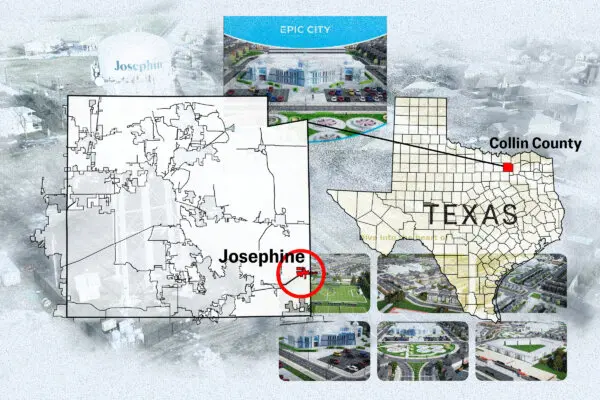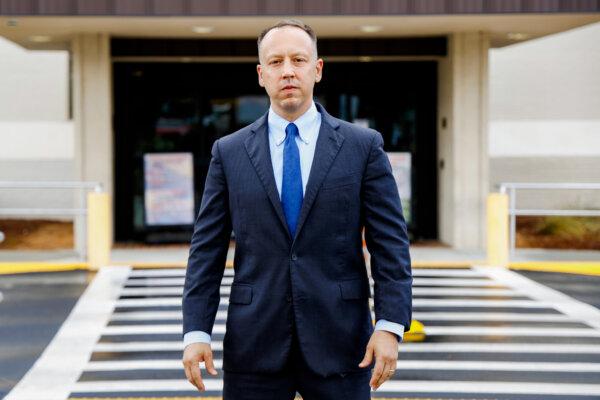As companies and government agencies around the world scramble to restore their computer systems following last week’s global outage from a faulty software update, questions are being raised about whether proper protocols for updates were followed.
Simultaneously, technology analysts are raising concerns about the extent of the United States’ increasing dependence on an oligopoly of cloud computing firms.










